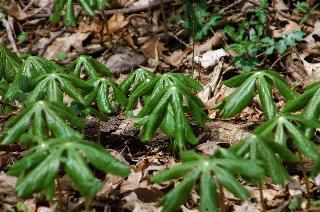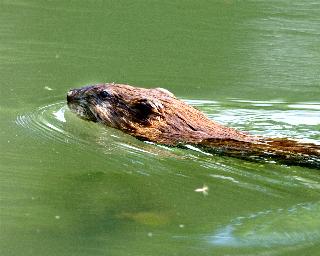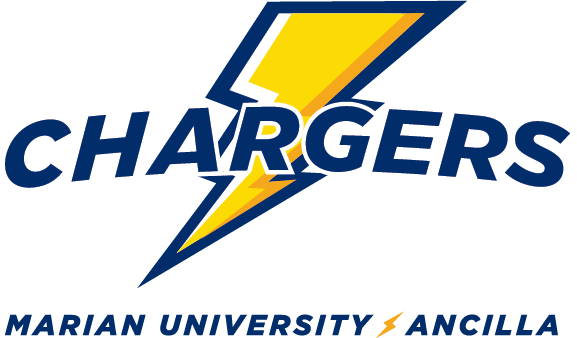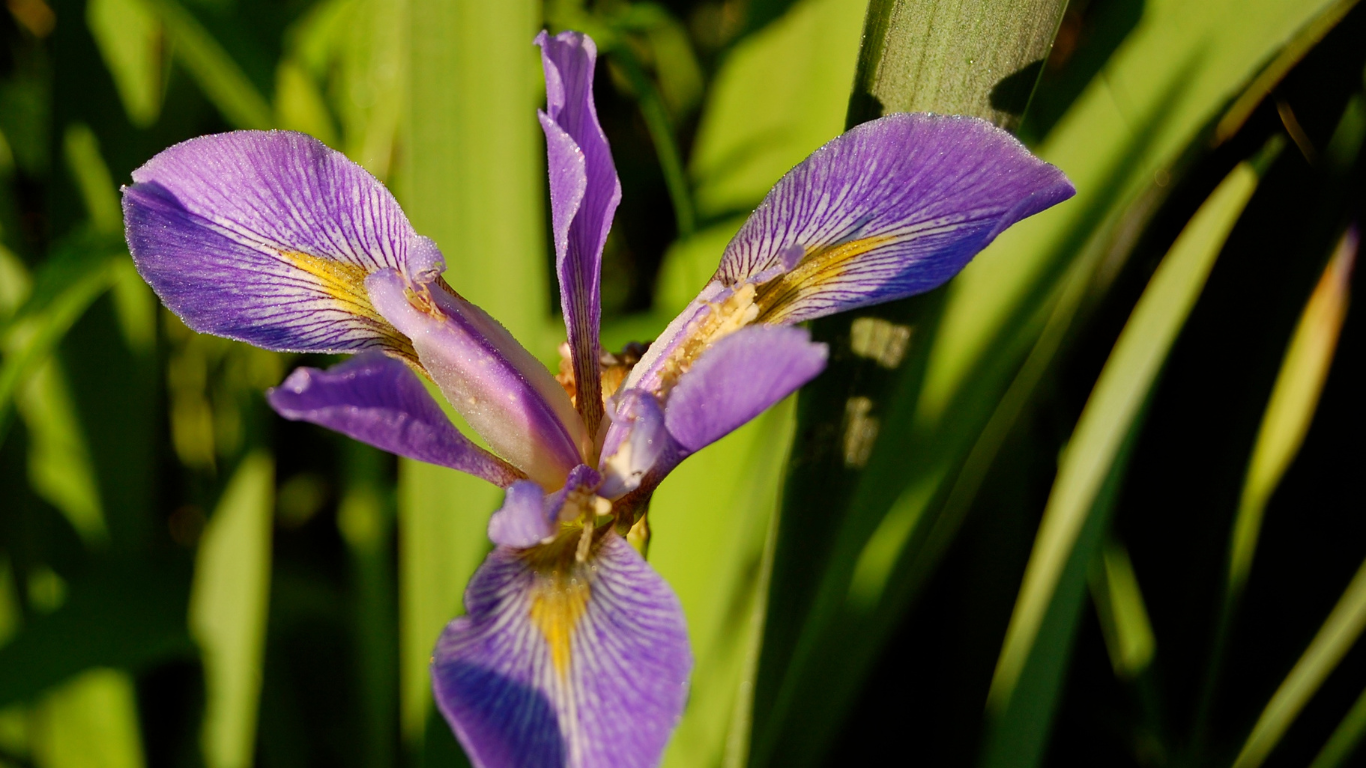Flora
 The Marian University Nina Mason Pulliam EcoLab is a rich tapestry of plant life, showcasing over 260 native species from Indiana. This impressive biodiversity is the result of a confluence of geological, historical, and design factors.
The Marian University Nina Mason Pulliam EcoLab is a rich tapestry of plant life, showcasing over 260 native species from Indiana. This impressive biodiversity is the result of a confluence of geological, historical, and design factors.
Geological Influences
Central Indiana's landscape is shaped by its position on the Tipton till plain, characterized by thick layers of glacial till deposited by the Wisconsin ice sheet around 12,000 years ago. As glacial meltwater flowed through the White River drainage including Crooked Creek, it sculpted the EcoLab’s diverse topography, including bluffs, wetlands, lowland forests, and prairie/riparian areas. Each habitat type reflects different stages of geological and ecological development:
- Bluff: A steep escarpment formed by Crooked Creek’s meandering and the postglacial flooding of 12,000 years ago, supports species like Sugar Maple, Basswood, and Black Walnut. The base of this bluff has groundwater seeps, leading to wetlands.
- Wetlands: Characterized by marshes, forested wetlands, and fens, these areas vary from cattail marshes to open wetlands, supported by groundwater seepage. We are on Cold Spring Road. Those cold springs are throughout the wetland portions of the property.
- Lowland Forest: Located in the floodplain of Crooked Creek, this area is prone to occasional flooding and supports trees like Ash, Maple, Sycamore and Cottonwood.
- Prairie/Riparian: Stretching along Crooked Creek, this area includes recreational fields and our prairie patches.
Presettlement and Jensen Design
Before settlement, central Indiana was covered by a vast deciduous forest dominated by species like Sugar Maple and Oak. By the early 19th century, much of this forest was cleared for agriculture. In 1910, James A. Allison, founder of the Indianapolis 500, purchased the land and commissioned landscape architect Jens Jensen to design a summer estate, "Riverdale." Jensen's design included five lakes, meadows, and various structures, integrating native plants in naturalistic groupings. This design was maintained until 1928. We have the result of this 1910 planting.
Contemporary Restoration Efforts
In 1937, the Sisters of St. Francis of Oldenburg acquired the estate, establishing Marian College in Indianapolis. Ecological restoration began in 2000, focusing on removing invasive species like honeysuckle and bittersweet, and replanting native species.
Fauna
 The EcoLab is home to a variety of wildlife, with many species still being discovered. The diverse habitats support:
The EcoLab is home to a variety of wildlife, with many species still being discovered. The diverse habitats support:
Mammals: Including beaver, muskrat, red fox, raccoon, and white-tailed deer. Tracks and signs of these animals can be seen in muddy areas and after light snowfalls.
Birds: Over 170 species have been recorded, with ongoing surveys continually adding new findings. Notable species include Great Horned Owls, Cooper’s Hawks, and American Woodcock. Breeding Wood Ducks, Blue-winged Teal, and various sparrow species are regularly observed. The varied wetland and prairie environments support a wide range of bird species throughout the year.
Herpetofauna: Despite the high-quality wetlands, amphibian diversity is relatively low, with species such as Bullfrogs, Cricket and Green Frogs observed. Turtle species include Painted Turtles and Red-eared Sliders.
Beaver: The EcoLab hosts a beaver colony in the Jens Jensen pond. Beaver activities include digging “Beaver Canals” as transportation systems for access to their food supply. They also have a lodge along the shore of the North Shore trail. You’ll see beaver-cut stumps, a food cache in the pond, dams, and sometimes the beavers themselves patrolling the pond and slapping their tails.
The Marian University Nina Mason Pulliam EcoLab stands as a testament to the interplay between natural history and human influence, with ongoing efforts to preserve and enhance its ecological richness.

